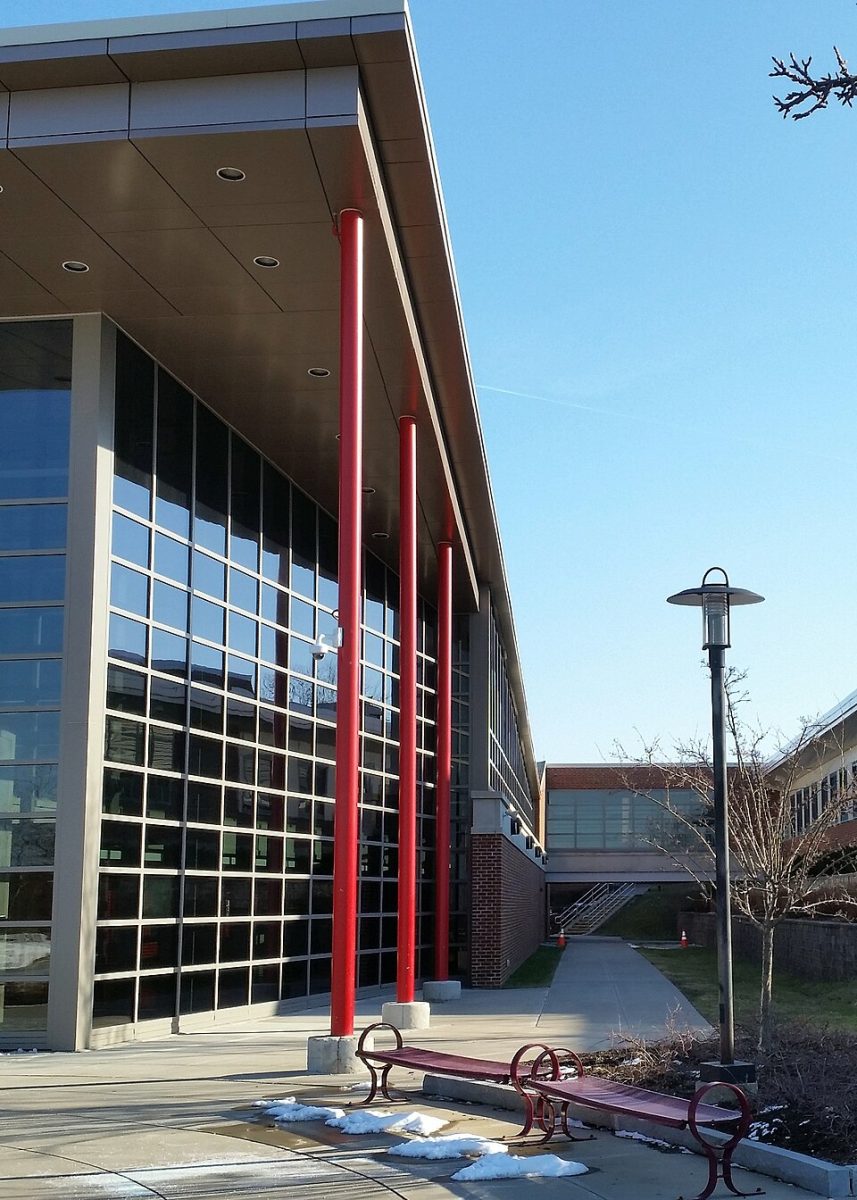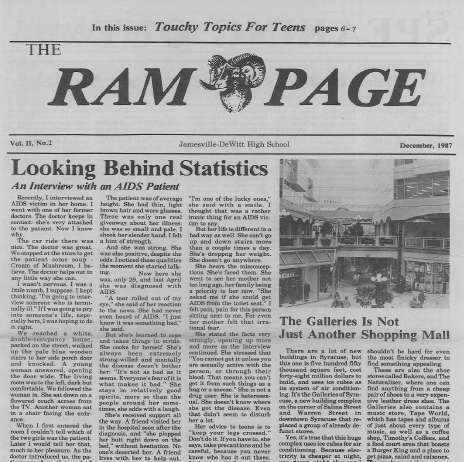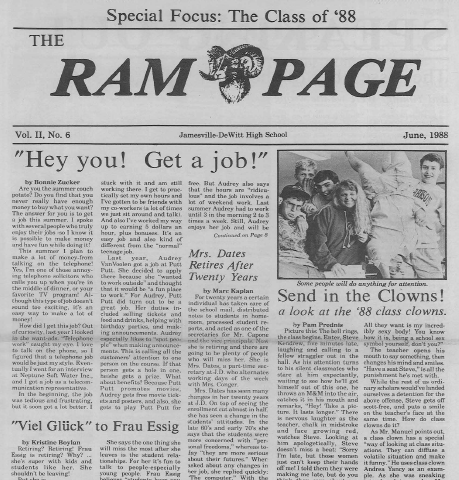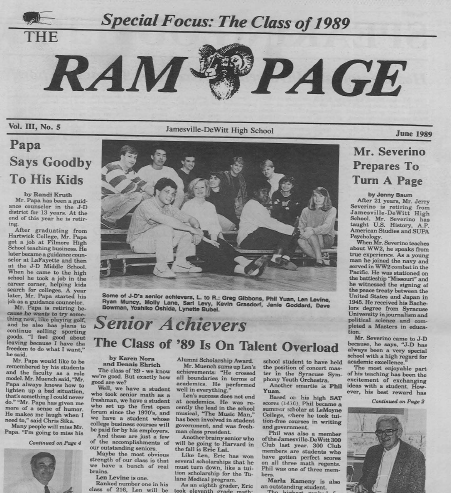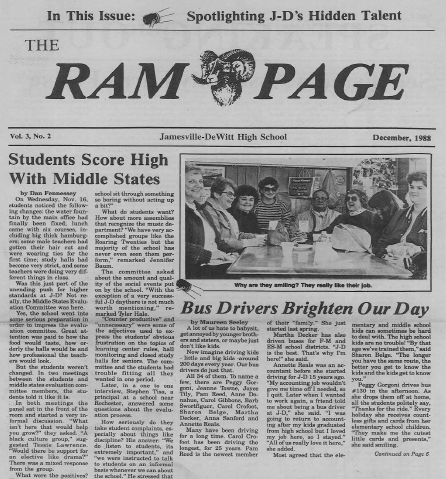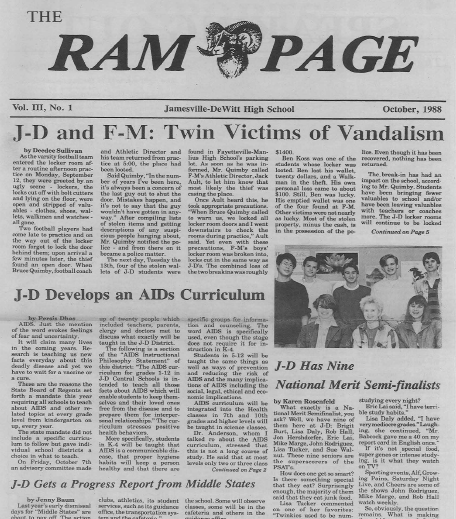If you have read or watched any news lately—The New York Times, The Washington Post, CNN, Fox News—chances are you have seen a feature focused on the Supreme Court case that is reviewing college admissions policies in regards to the use of racial affirmative action in the decisions process. Upon a deeper look into this case, you’ll find that two of the most prestigious schools in the country—the University of North Carolina, Chapel Hill, and Harvard University—are at the center of this attention. Racial affirmative action refers to a set of policies within a university seeking to include particular groups based on their race by admitting them to their institution in order to prevent discrimination. When first mentioned, any person would probably understandably be concerned about this matter. However, a deeper look into the benefits and detriments allows us to see the advantageous impact that it has on the education of minority students, and even majority students.
The discussion of racial affirmative action is so difficult to take a stance on because of its complexity. While it’s understandable that students should not be admitted to a college based solely on their race, at times it makes up for lacking grades, test scores, extracurriculars, or other weighing factors. Race plays a large role in the growth and development of students, potentially making them a more appealing applicant, in that regard. With race typically comes ethnicity, culture, perhaps even ability, habits, and so many other aspects of a student’s application that are holistically considered to decide whether or not the student will be admitted.
U.S. District Judge Loretta C. Biggs explains it well. “Because race is interwoven in every aspect of the lived experience of minority students, to ignore it, reduce its importance and measure it only by statistical models…misses important context.” Having a diverse campus — not just racially, but ethnically, culturally, politically, and ideologically—benefits not only minority students to make them feel more comfortable in their learning environment, but also majority students who have not yet been exposed to the extent of diversity that they will see in the workforce after their studies are complete.
However, the practice of racial affirmative action has allowed a phenomenon known as reverse discrimination to occur. This means that although you may be a great applicant by the numbers, you can be put at a disadvantage because of your race, based on how it will affect the college’s diversity. Not to mention that racial affirmative action encourages stereotypes. For example, in order to be admitted into a prestigious university among a diverse applicant pool, Asian-Americans are required to have higher grades to compete with others because they are thought to be “smarter.” In some cases, racial affirmative action can discourage students of color from achieving their best potential. Why would anyone push themselves for a 4.0 if they can get into whatever college they want with a 3.2?
The benefits of racial affirmative action seem to outweigh the detriments in this case. Specifically, they go far beyond college, even giving minority students who have been historically disadvantaged by social bias and prejudice an opportunity to equal education and experience, which is essential to reforming the racism that is rooted in our society. Though it should not be the only factor in admissions, empowering diverse student populations through racial affirmative action is a stepping stone to building a more equal reality.




